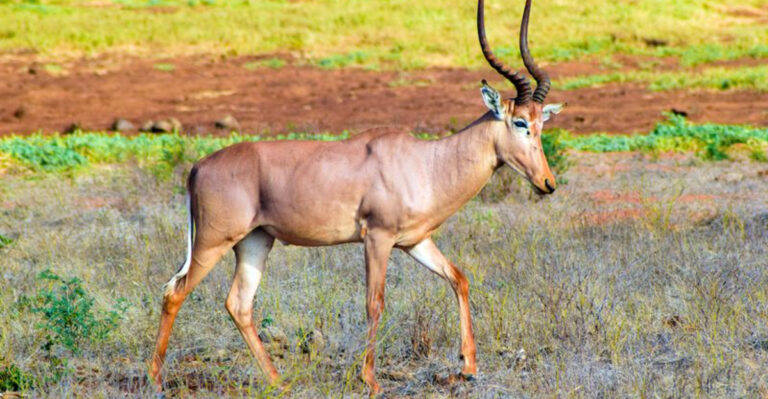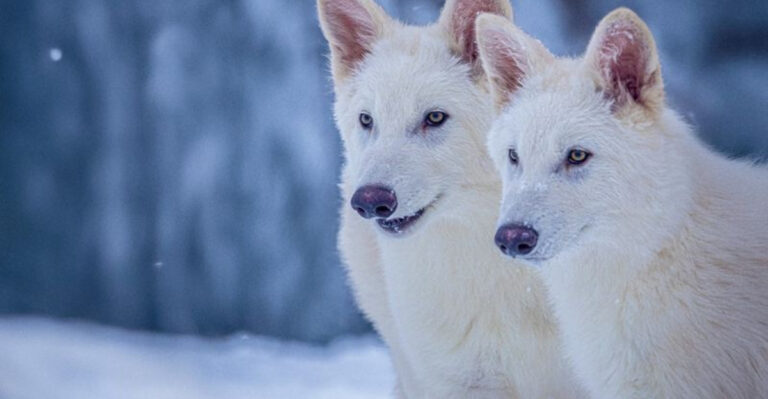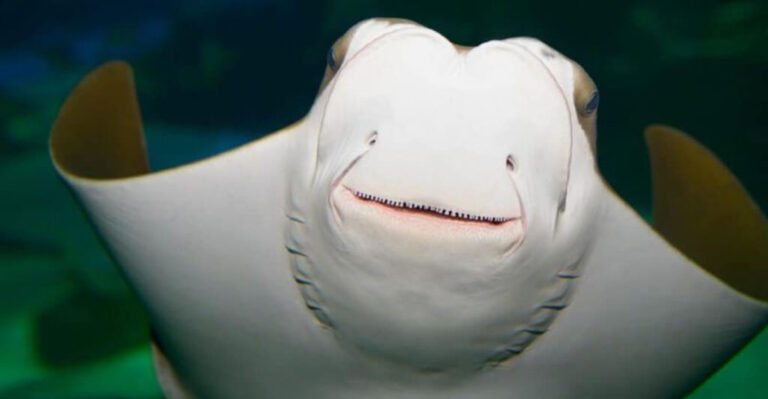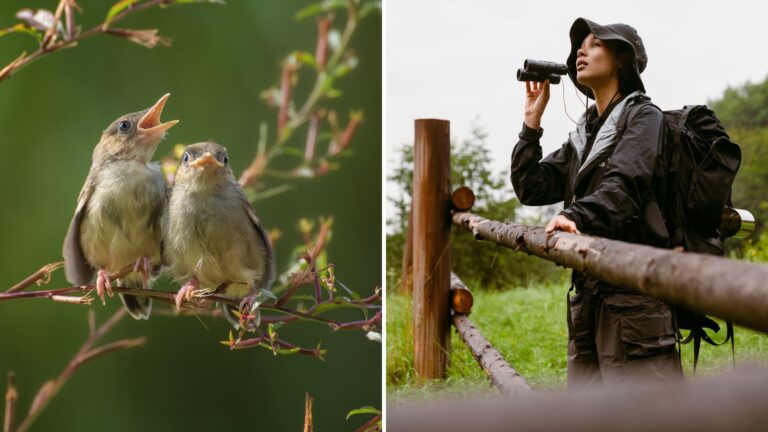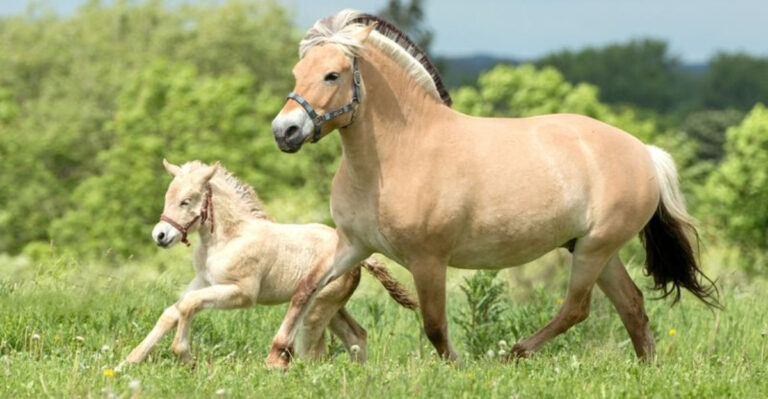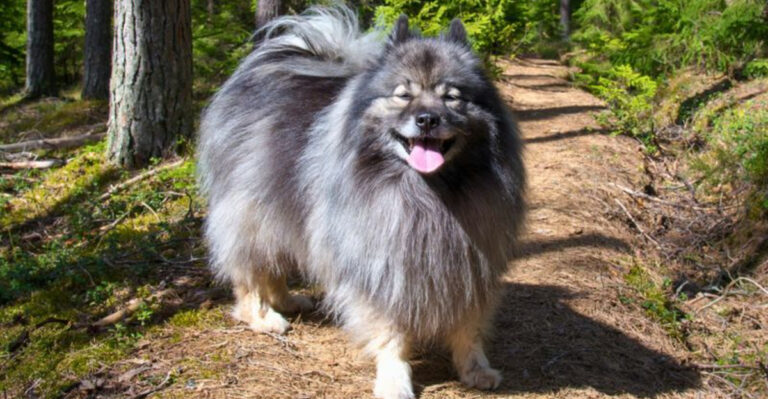This Beloved Theme Park Is Also Leading The Way In Raptor Conservation
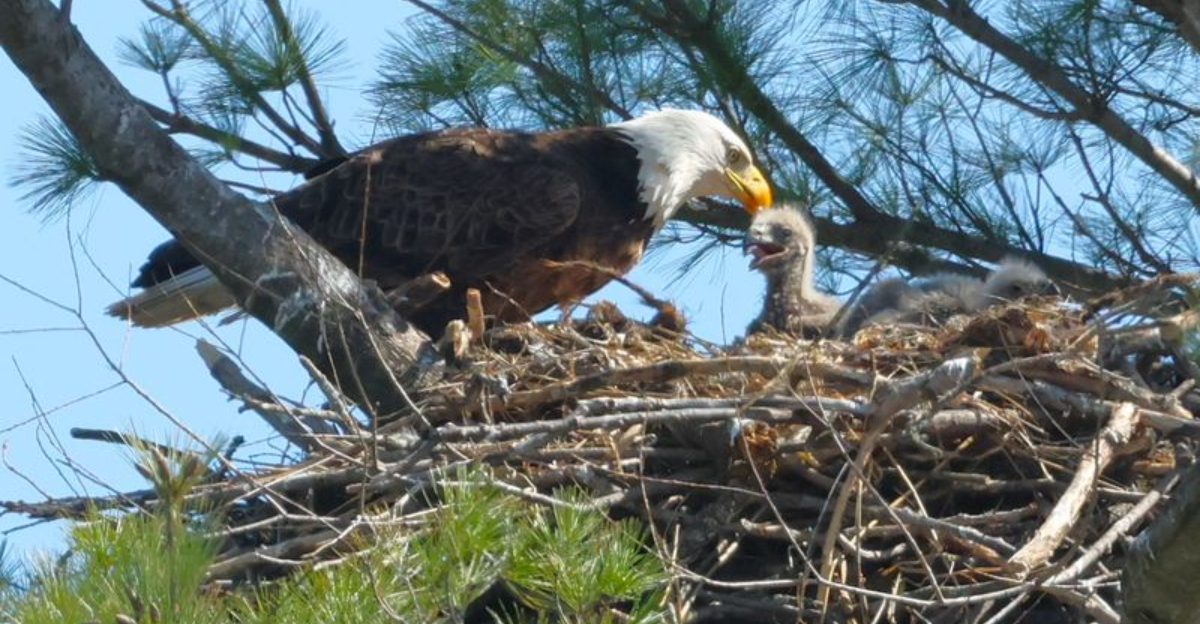
Nestled in the Great Smoky Mountains, Dollywood isn’t just famous for thrilling rides and country music. This beloved theme park has quietly become a powerhouse in raptor conservation through its Eagle Mountain Sanctuary.
Partnering with the American Eagle Foundation, Dollywood has transformed entertainment into education, helping save America’s national bird from the brink of extinction while giving visitors an unforgettable wildlife experience.
Home To The Largest Collection Of Non-Releasable Bald Eagles
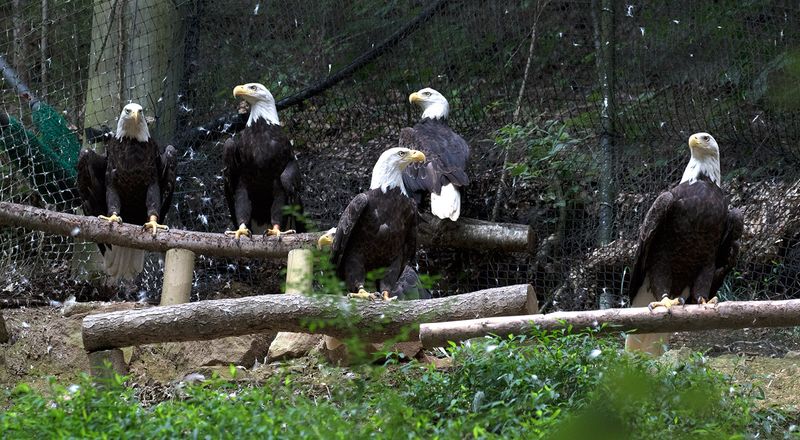
Majestic birds with broken wings, damaged vision, or other permanent injuries find their forever home here. These eagles—unable to survive in the wild—receive specialized care tailored to their individual needs.
Visitors often gasp when learning these magnificent creatures would have perished without intervention. Each eagle has its own recovery story, creating powerful connections between guests and wildlife conservation efforts.
Established In 1991 With Dolly Parton’s Support
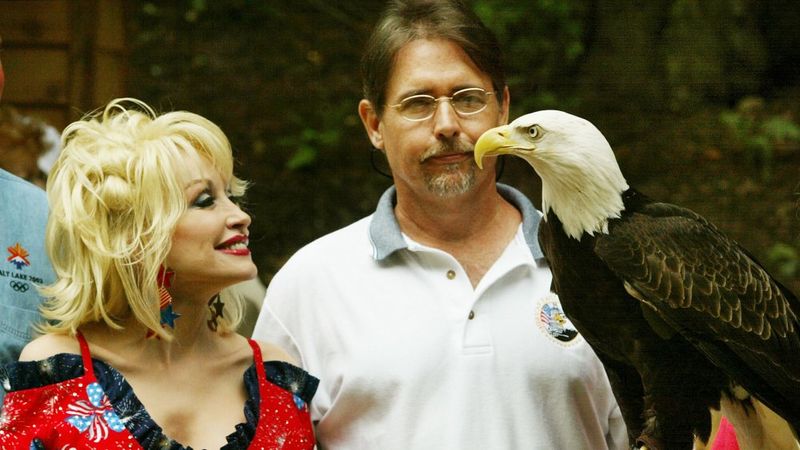
Country music legend Dolly Parton didn’t just lend her name – she actively championed eagle conservation from day one. The emotional release ceremony symbolized hope for America’s national bird, then endangered.
Few realize that without Parton’s vision, this sanctuary might never have existed. Her star power brought crucial attention to raptor conservation when public awareness was minimal.
Operated By The American Eagle Foundation
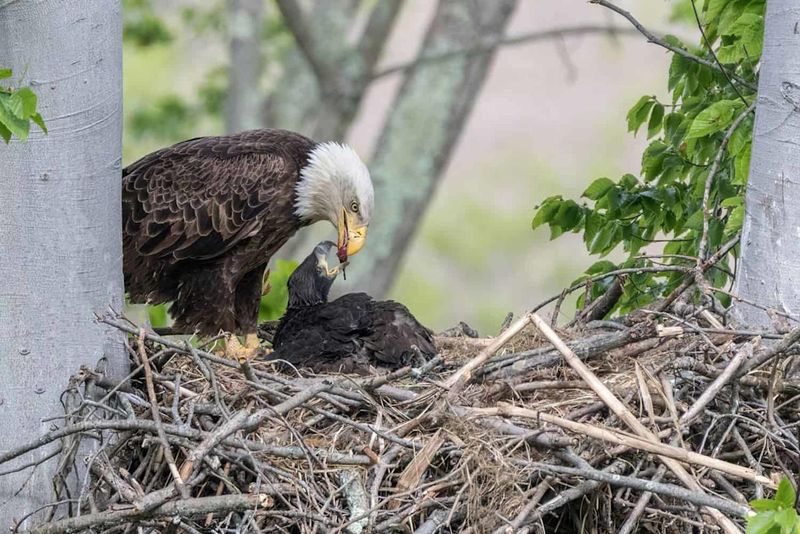
Behind every rescued raptor stands a team of passionate conservationists. AEF staff members work tirelessly, handling everything from daily feedings to complex medical treatments.
Their expertise extends beyond care—they’ve pioneered breeding programs and rehabilitation techniques now used nationwide. What started as a small nonprofit has grown into a globally recognized leader in raptor conservation, all while maintaining its home base at Dollywood.
Spanning 30,000 Square Feet
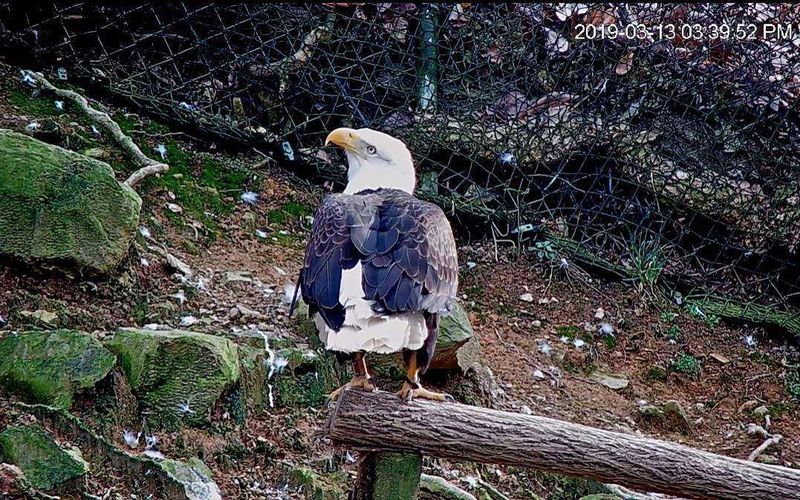
Walking through the sanctuary feels like entering an eagle’s natural world. Towering pines and rocky outcroppings mirror the birds’ native habitats, allowing natural behaviors to flourish.
Carefully designed water features provide both drinking sources and fishing opportunities. This thoughtful design represents decades of research into creating environments where injured birds can thrive despite their limitations—a far cry from traditional zoo enclosures.
Features A 1.5 Million Cubic Foot Aviary
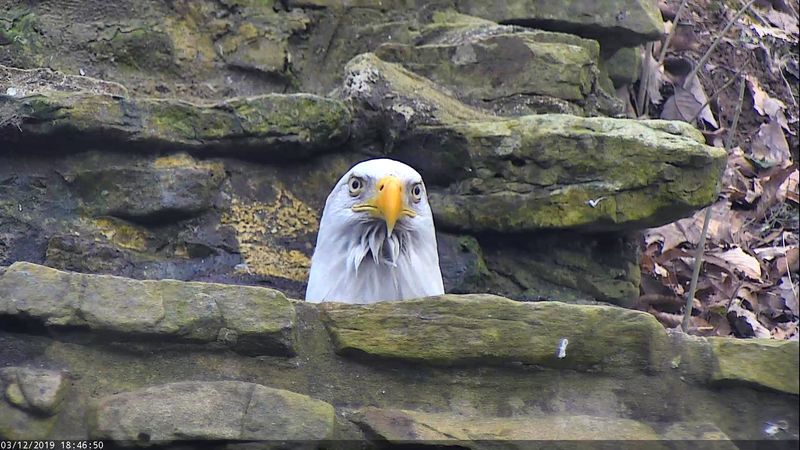
Soaring mesh walls stretch skyward, creating one of North America’s largest flight enclosures. Eagles with partial flight capabilities can strengthen their wings here, gliding between perches at impressive heights.
Visitors often spend hours mesmerized by the birds’ movements overhead. The aviary’s innovative design balances the eagles’ need for space with accessibility for caretakers—engineering that required solving unique architectural challenges.
Hosts The “Wings Of America” Birds Of Prey Show
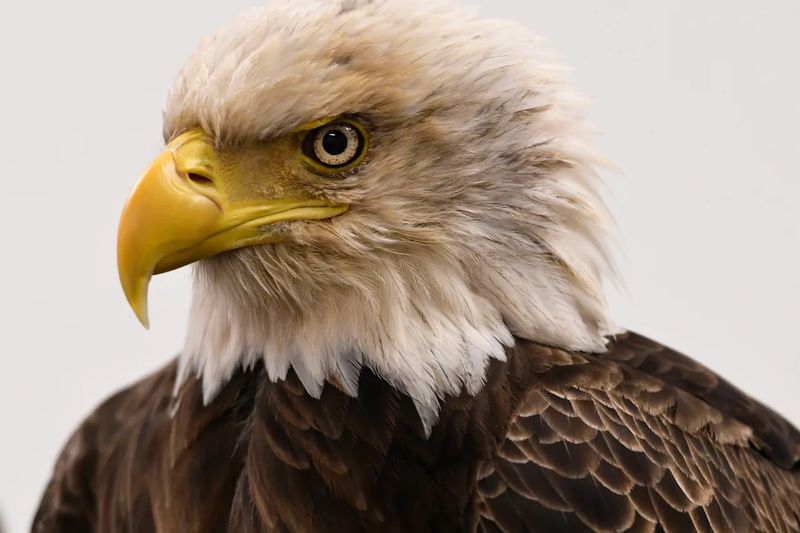
Gasps ripple through the audience as a red-tailed hawk swoops inches above their heads. This isn’t just entertainment—it’s education disguised as excitement.
Trainers explain hunting adaptations while demonstrating natural behaviors. Many visitors cite this show as their first meaningful connection with wildlife conservation, proving that emotional experiences drive action more effectively than statistics alone.
Supports Bald Eagle Rehabilitation And Release
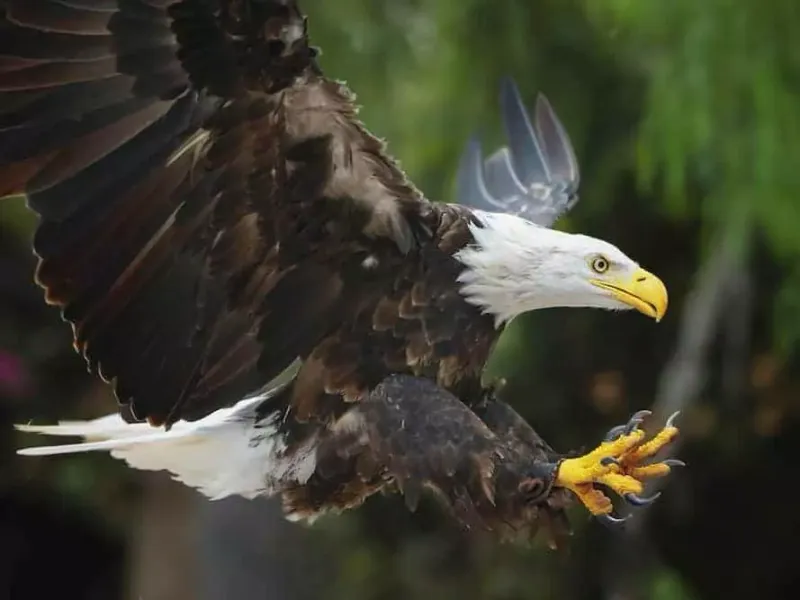
Far from public view, skilled rehabilitators nurse injured eagles back to health in specialized facilities. Each success story represents months of intensive care—from medical treatments to flight conditioning.
Release days bring tears to even veteran staff members. Watching a healed eagle soar into freedom perfectly captures the sanctuary’s mission. These released birds have established nests throughout the Southeast, creating a living legacy beyond park boundaries.
Provides Educational Opportunities For Visitors
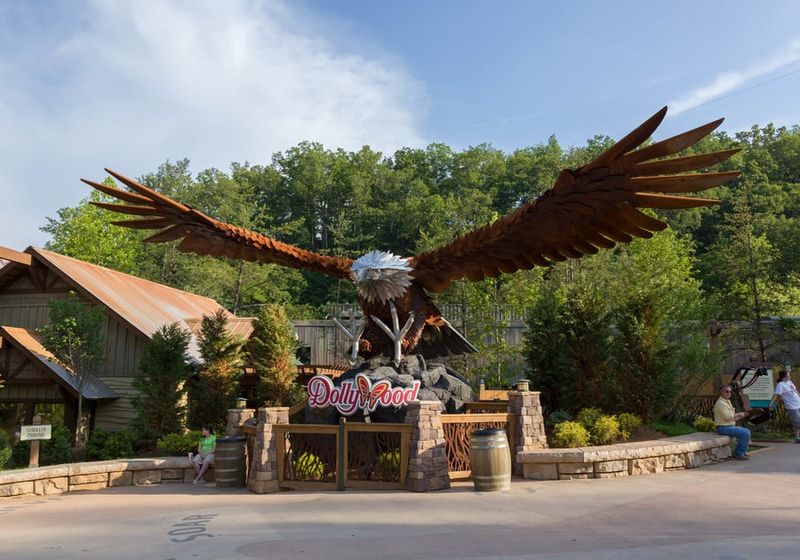
Children press their faces against viewing windows, completely captivated by the eagles’ piercing gaze. Interactive displays explain everything from feather structure to hunting techniques using age-appropriate language.
School groups receive specialized programming connecting wildlife conservation to classroom subjects. Many conservation biologists credit childhood visits to Eagle Mountain Sanctuary as their career inspiration—proving education here creates ripple effects for generations.
Features An Interactive “Pick A Mate” Area
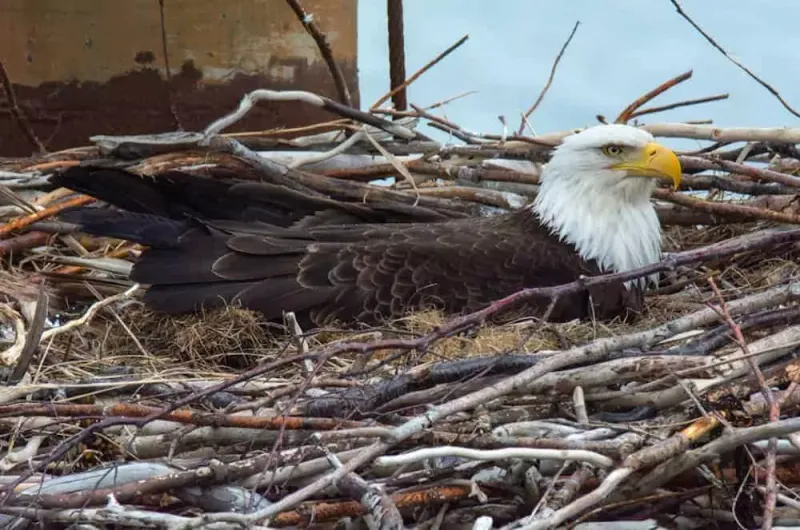
Romance blossoms among the eagles in this specially designed section. Unattached birds can observe each other from neighboring compartments, allowing natural pair-bonding behaviors to develop.
This innovative approach has resulted in numerous successful breeding pairs. Biologists carefully monitor interactions, documenting courtship rituals rarely witnessed in the wild. These observations contribute valuable data to national breeding programs beyond Dollywood’s boundaries.
Collaborates With Local And National Conservation Efforts
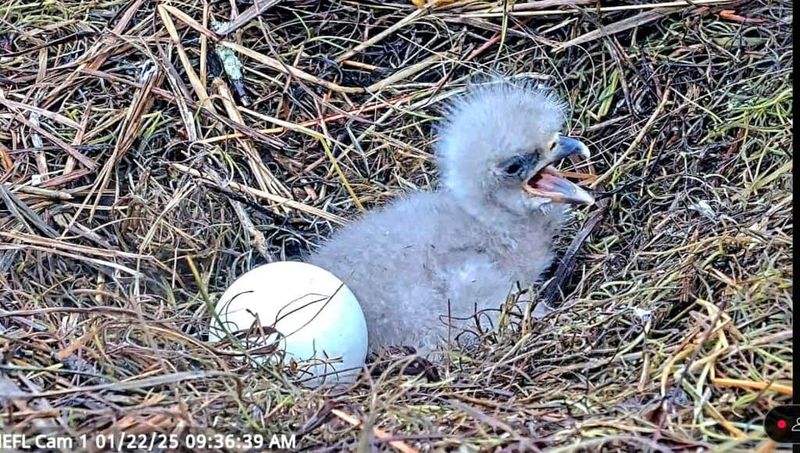
Partnership networks extend far beyond park boundaries. The sanctuary shares expertise with wildlife agencies across America, creating a unified approach to raptor conservation.
Research conducted here helps shape protection policies and rehabilitation protocols nationwide. When natural disasters strike eagle populations, Dollywood’s team often deploys to assist—their mobile response unit has traveled thousands of miles to aid injured birds after hurricanes and wildfires.
Offers Live Eagle Cams For Remote Viewing
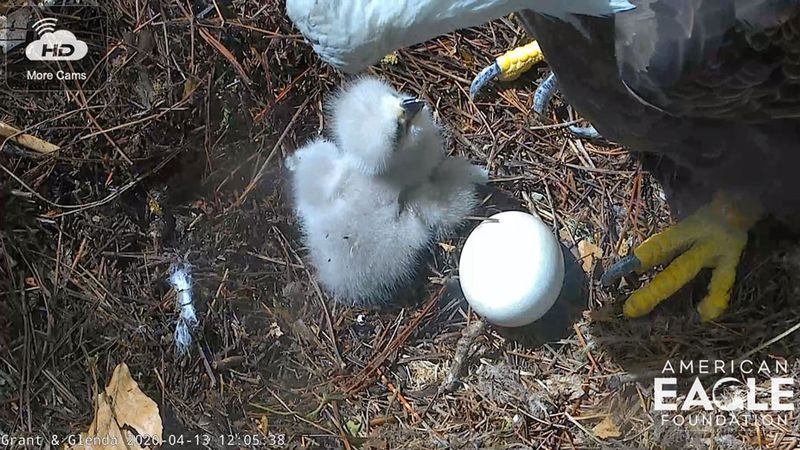
Millions watch breathlessly as eaglets hatch on high-definition cameras streaming worldwide. These intimate glimpses into eagle family life create passionate conservation advocates who never set foot in Dollywood.
Teachers incorporate live feeds into classrooms across America. The unexpected drama of nature—from territorial disputes to first flights—unfolds in real-time, connecting viewers emotionally to wildlife they might otherwise never encounter.
Contributes To Nationwide Bald Eagle Recovery
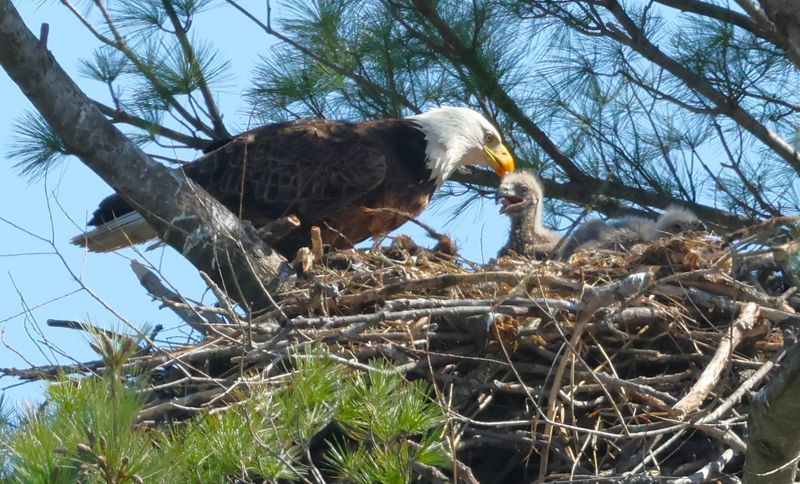
From fewer than 500 nesting pairs in the 1960s to over 10,000 today—America’s eagle comeback story runs through Dollywood. The sanctuary’s breeding programs have introduced healthy eagles into depleted regions, strengthening genetic diversity.
Scientists track released birds via telemetry, gathering crucial migration data. This remarkable population rebound represents one of conservation’s greatest success stories—proving that dedicated efforts, even starting at a theme park, can reverse species decline.

